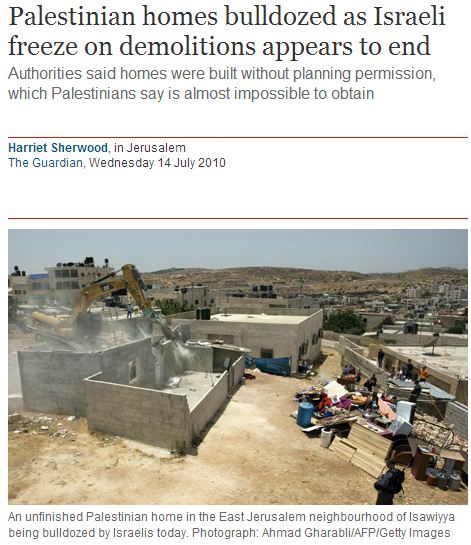1) At the INSS, Pnina Sharvit Baruch and Tammy Caner discuss ‘The Legal Aspects of Hamas’s Murderous Attack on Israel’.
“The atrocities committed by Hamas fall firmly under the category defined by international law as war crimes and crimes against humanity, and amount to genocide.
War crimes are crimes committed during an armed conflict. The crimes committed during the Hamas attack include willful killing, torture, and inhumane treatment, willful cause of great suffering, or serious injury to body or health, rape and sexual violence, taking of hostages, use of civilians as human shields, and looting.
Such acts are also crimes against humanity, which are those committed as part of a widespread or systematic attack directed against a civilian population. The crimes against humanity that Hamas committed include murder, extermination, enslavement, torture, rape and sexual violence, inhumane acts causing great suffering and enforced disappearances.
In addition, these acts fall under the definition of genocide that appears in the Rome Statute, which lists a series of acts, including murder, infliction of serious bodily or mental harm, and forcible transfer of children, when carried out against members of a national, ethnic, racial, or religious group with the specific intent of destroying that group in whole or in part.”
2) The JCPA provides a translation of ‘The Hamas Jihad Guide for Killing, Torturing and Kidnapping Israeli Citizens’.
3) NGO Monitor has documented ‘NGO Complicity in Hamas Propaganda on Gaza Hospital’.
“Many NGOs immediately adopted the Hamas narrative of Israeli culpability, even though there was no evidence to support it. Certainly, the NGO statements came too quickly to have conducted even a rudimentary investigation and without any attempt to verify the circumstances surrounding the incident. No NGO called into question the veracity of a claim, from a genocidal terror-run institution, that it would be possible within minutes of the night-time incident to document that hundreds had been killed.”
4) At WINEP, Robert Satloff explains ‘Why 10/7 Was Worse for Israel Than 9/11 Was for America’.
“Never before in the history of the century-old Arab-Israel conflict has one side taken mass numbers of civilian hostages across borders, with the composition of the hostage group—children, women, elderly, mentally ill—especially outrageous. This will drag out the after-shocks of the original act of terror, perhaps ending in further tragedy. Americans sadly recall how the taking of a much smaller number of hostages—diplomatic personnel at the American embassy in Tehran—paralyzed the U.S. government and dominated daily life in our country for 444 days. Obviously, the hostage factor was never a component of 9/11.”
5) Jonathan Spyer gives his preliminary assessment of the current war.
“The Hamas offensive against the Israeli communities surrounding Gaza is a pivotal moment in a war that has been going on for some years. It’s a mistake to see this as another chapter in the long and interminable ‘Israeli-Palestinian conflict. This error derives from the long habit of viewing the Israelis and Palestinians as part of a closed circle, detached from trends and power structures of the broader Middle East. But what erupted out of the Gaza Strip on October 7, spreading massacre and horror has nothing to do with the ‘occupation’, the ‘two state solution’ and all the tired terminology of that dispute. It represents the combination of two powerful and related forces.”
6) At the Times of Israel, Haviv Rettig Gur explains why ‘Hamas does not yet understand the depth of Israeli resolve’.
“Supporters of the Palestinian cause in the West, even as they are discomfited by images of parents lying murdered in front of their children or the burned corpses of babies, are now asking a simple question in Hamas’s defense: “What would you do if faced with decades of Israeli occupation?” Israel’s policies in the West Bank and toward Gaza, and the pain and injustices that flow from them, they argue, are the cause of the kind of hatred on display on October 7. […]
The fall of 2000 saw the start of a wave of some 140 suicide bombings in Israeli cities and towns, killing grandmothers and infants in buses and pizzerias and driving the political left from power so comprehensively that a generation later it has scarcely recovered.
The shattering effect of this mass murder wasn’t caused just by the shock and trauma of the attacks. It was also the timing.
In 2000, the peace process hadn’t yet seen two decades of stagnation. No far-right parties sat in the ruling coalition. Ending the occupation was an idea that won an election. Negotiators at Camp David were reported to be discussing shared Israeli-Palestinian sovereignty on the Temple Mount. There were no Israeli soldiers in any Palestinian city or town — they’d been pulled out over the previous three years — and Palestinian incomes and college education rates were rising. Things seemed to be falling into place. Peace, many Israelis assumed, was imminent.”





